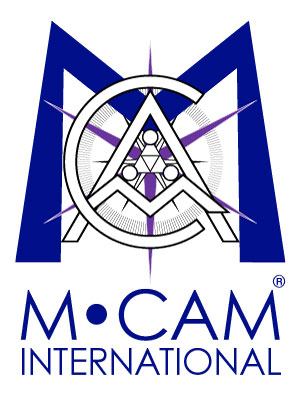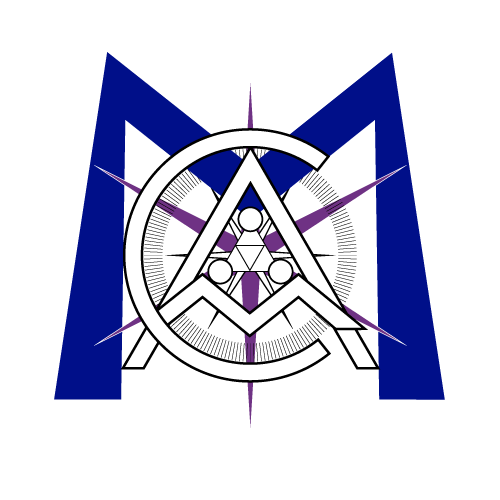Accounting Ex Nihilo
By: David E. Martin Entreworld June 2000
As CEO and founder of Mosaic Technologies, now a $3.2-million business, I directed the management of research and development projects for corporate and university labs, then commercialized the results, receiving equity or royalties in exchange. Pricing for such services is relatively straightforward, since our corporate customers were well aware of the value of their industries’ patents, formulas, trademarks and software. For banks and accountants, however, valuation of intellectual property–which also includes such items as copyrights, licenses and other knowledge assets–is tricky, because, as in real estate, the property may have value independently of the enterprise built upon it. In classic accounting, you need to factor in cost and revenue. But in a world where knowledge is currency, this notion cannot capture value. Does the cost of filing a patent or recording a song truly reflect the value of a cure for cancer or a Backstreet Boys chart-topper? Of course not. Yet U.S. corporations spend a fortune trying to account for, and manage taxation of, value that cannot show a liability to offset an asset.
M·CAM, the company I founded in 1997, started off with a software product called 4DS, which calculates value for a given “item” of intellectual property and continues to recalculate that figure throughout the property’s lifetime. It was created to answer, in a statistically sound and reproducible manner, two relatively simple questions: Do you own an asset? Does anybody care? Measurable answers to these questions would provide enhancement for intellectual property and other intangible assets when their owners needed to use them as collateral to finance debt.
What Is an Asset and What Is It Worth? Asset ownership is an arena largely ignored by many “invention.com” businesses, which have proliferated over the past year and a half. Just because someone has a patent on an invention doesn’t mean there is a property to leverage. Indeed, the assumption of de facto property rights is fundamentally flawed. Frequently, patent prosecutors and examiners search only conveniently available data, when they should be looking at other, less obvious data sources. Failure to research and examine a world filled with prior art undermines the inventor’s presumptions of novelty, non-obviousness, and timely reduction to practice. Or, what happens if your company donates patent portfolios to a university and claims a tax deduction based on an estimated valuation? If the claim is disallowed, how do you handle the tax liability created by the basis-less donation? To forestall such situations, our method checks international databases, using patent references and claim language, in order to rate the uniqueness of an asset and evaluate it accurately.
To answer the second question–does anyone care?–and derive “asset liquidation value” or ALV, it is necessary to determine the value of property apart from the particular business in which it resides. Methodology employed by M·CAM does not predict future value or securitization value for royalty streams; rather, it identifies three integrated variables, which serve as the basis for value determinations. Much like the auto industry’s Blue Book, we perform unimproved-asset characterization that defines asset-specific values for:
- effective life and depreciation,
- transaction characterization an
- non-aligned sector application value.
Once we have assigned a dollar value to the asset, a bank can make decisions about granting its owner a loan. Then, M·CAM commits to purchasing the intellectual property from the bank if the borrower defaults. New Concepts to Measure Under current copyright and patent law, each form of IP has a statutory life, during which a limited monopoly right is granted. However, statutory and effective life are neither identical nor even correlated. A biopharmaceutical patent may have value for 20 years, but an integrated circuit may be antiquated in 18 months. Because statutory life and useful life are uncorrelated, M·CAM tracks three elements in determining depreciation characteristics for purposes of lending and taxation. First, we make velocity measurements based on the frequency of innovation in IP claims. The ripple effect of one innovation leading to others is one component of this calculation. Additionally, we evaluate the effects of surrounding innovations–ways in which new property interacts with or antiquates prior art. This view of the landscape allows us to determine whether innovation is truly groundbreaking or whether it is incremental, along with many other innovations. This figure is integrated with a measurement of how quickly innovation is applied in commercial products and the speed of their adoption. The resulting “innovation curve” identifies the uniqueness of an asset and the true novelty it represents. Intellectual property can be licensed, sold, commercialized–and sometimes all at the same time. Every quarter we run new calculations to determine how the assets we’re backing will perform in every conceivable market. In a risk-transfer business model, our analysis allows companies to rate the desirability of asset transfers in any sector. Some secondary market opportunities for intellectual property result in cash sales or licenses. Others are denominated in equity, and still others are alliances between going concerns. In our formula for determining ALV, cash is rewarded and alliance-reliant liquidations are penalized, since the very mechanism whereby M·CAM may take title to a “distressed” asset–such as bankruptcy or winding-up of a going concern–precludes immediate business-to-business liquidation. This weighting can be adjusted for applications of the model that look at present-day, fair-market value. Capturing a Transformed Economy When the telegraph was invented, it wasn’t expected to evolve into an information super-highway on which e-commerce would travel-it took a smart company, Wells Fargo, to figure out that use over 130 years ago. When the California and Yukon gold rushes led to a demand for thousands of miles of copper wire, copper became more valuable than gold, resulting in phenomenal wealth creation-and a bonanza for Kennicott Mining. Viewing the asset first, and the enterprise second, yields value uncorrelated to market caps because it is measuring fundamentally different characteristics. In fact, innovation to solve one problem often solves many more, unwittingly. In M·CAM’s Innovation Extraction Analysis, non-aligned sector application is characterized in a minimum of three orthogonal opportunities–that is, three uncorrelated ways of transferring technology, such as using a defense technology in medical diagnostics –with no maximum. Doing so recognizes that an innovation in one sector may be even more valuable when applied to another. Using all three of these “relevance adjustment” filters, we then calculate asset transfer value, expressed as a Certified Asset Purchase Price (CAPP™) with an affiliated depreciation index score. This methodology, which is now being used by banks, accounting firms and public and private institutions, has the additional advantage of being 100% auditable. Rather than relying on the recall of expert witnesses trained in appraisal techniques, the method enables secondary market development by creating it. More than 200 years after the passage of our original patent laws, the world has awakened to the notion that intellectual property has value, and is rushing to figure out how to reconcile outmoded laws and accounting standards with the dot-com universe of today. One reason the Federal Reserve Bank is having such trouble controlling the new economy is that it cannot be captured by the metrics presently employed. Acknowledging value ex nihilo, shocking as that sounds, will be the only way to leverage (and tax) intellectual property in the new millennium.
Dr. David E. Martin, 33, is the founder, president and CEO of M·CAM, a corporation in Charlottesville, Va. that developed and commercialized the world’s first intellectual-property characterization and monetization technology. Prior to that, he was the founder and CEO of Mosaic Technologies, an international technology transfer company. Martin is chairman of the Charlottesville Venture Group, a nonprofit venture-aggregation organization which he also founded, and serves on numerous corporate and civic boards in the United States and in Asia. A former assistant professor at the University of Virginia School of Medicine, Martin founded and was executive director of the first for-profit R&D corporation wholly owned by the university’s Health Services Foundation. He has founded numerous other businesses, and serves on many corporate and civic boards, in this country and abroad. His inventions include technology for medical testing and surgery and for secured image encryption and transmission. He holds an interdisciplinary bachelor’s degree from Goshen College, an M.S. in exercise physiology from Ball State University and a Ph.D. in sports medicine from the University of Virginia. Martin lives in Charlottesville with his wife, Colleen, and his children, Katherine and Zachary, and helps build houses with Habitat for Humanity.


Sorry, the comment form is closed at this time.